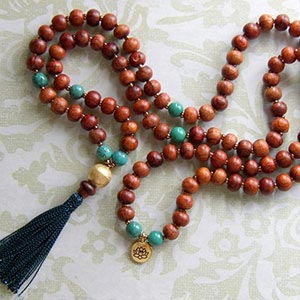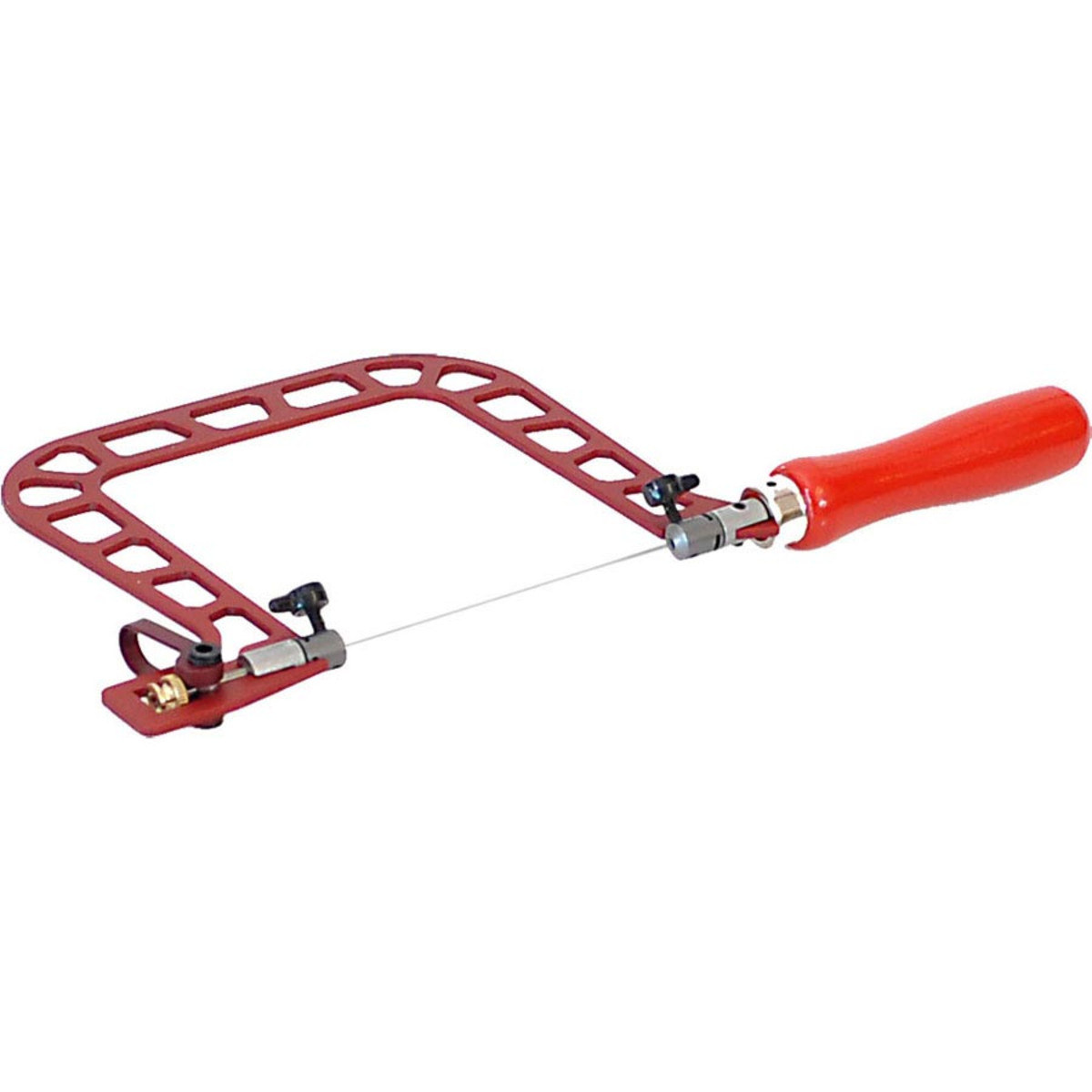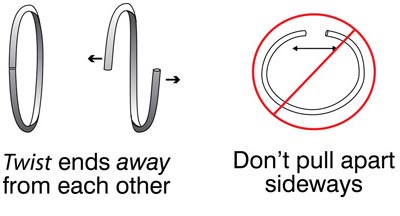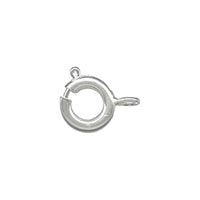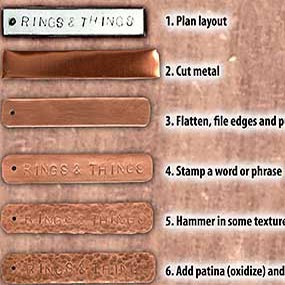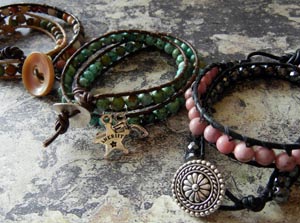Rings & Things Jewelry Blog
Best Necklace and Bracelet Lengths
What is the BEST Necklace Length?
18" necklaces are the most popular in the United States, but might not be the right length for the necklace that you're making.
The height and build of the person who will be wearing the necklace should be taken into consideration. Another option, is to use an adjustable chain as the base for your necklace.
The most common necklace lengths are:
14" - This theoretically fits right where a tall button-up shirt collar would fit. 14" is too sh
…
Feb 22nd 2023
How to use a Jewelers Saw
General instructions to install a blade in a jeweler's saw frame:Loosen the nuts on the saw frame.Slip one end of the blade into the fixture. Make sure the blade's teeth are pointing outwards and down. (Sort of like a Christmas tree.)Tighten the nut, then apply pressure from the end of the saw so that the blade is guided into the other fixture. (A common method of applying pressure is to put the handle against your hip or ribs, and push the far end against a sturdy wall.)Tighten the other nut. T
…
Dec 26th 2021
Jump Ring Hint
When you open and close jump rings, twist ends instead of "ovaling" them.This keeps their round shape better, which makes them easier to close neatly and securely.Many people find it easier to grip jump rings with round-nose pliers, but smooth flat-nose and chain-nose pliers make it easier to grip your jump ring without leaving tiny dents. For best control, try using a pair of chain-nose pliers in one hand, and a pair of bent flat-nose pliers in the other hand.
…
Oct 27th 2021
Choosing Clasps & Finishing Methods
Are you asking yourself "What clasp should I use for my bead stringing, wire lashing, kumihimo, multi-strand, chunky chain, awesome creation?" There are 100's of options, and the "correct" answer is based on the weight and type of jewelry, as well as your personal preference and the stringing material(s) you choose. Find brief answers and illustrations here, with links to jewelry-making findings and supplies.Get more how-to tips with our free guides to finishing methods and stringing mater
…
Oct 27th 2021
Soldering 101
Soldering (usually pronounced soddering) is the method of joining metal parts together, using another metal that has a lower melting temperature than the parts being joined.Solder is the portion that melts at a lower temperature. Flux is a substance that cleans the metal surfaces to create a stronger bond and help prevent oxidation. Most -- but not all! -- soft solders and hard solders require the use of flux.For details about soft solder vs. hard solder, and which typ
…
Oct 27th 2021
Resin 101
Resin Jewelry 101 Epoxy jewelry resins are durable, usually clear or translucent, resins that come in two parts: the resin and the hardener. When the two parts are mixed together, a chemical reaction occurs that changes the epoxy from a liquid to a solid. When you mix the 2 parts together, you have the option of adding colorants and other inclusions such as sand, glitter, mica, and more. You can add inclusions (mica, glitter, images, chain, crystals, charms...) to a bezel or a mold before
…
Oct 27th 2021
Polymer Clay 101
What is Polymer Clay?Brands & StylesTools & TipsWhere to Buy ItResourcesWhat is Polymer Clay? Polymer clay is a manmade, non-toxic polymer-based alternative to natural clay. Its only real similarity to natural clay is that it is shaped while soft and then heated for hardening. Owning a kiln is not necessary for polymer-clay work, since the temperatures needed to bake it are easily achieved in a home oven (265° to 275° Fahrenheit). Each polymer-clay brand is made with its own "recipe," u
…
Oct 27th 2021
Metal Stamping 101
Make your own custom charms, pendants, connectors, tags and more! Metal stamping is not only the latest craze — it's also a lot of fun and gives you design freedom. Plus, handcrafted metal components give your designs a personal touch, both in look and meaning. They can also add to the value of your finished jewelry.Outfitting Your Toolbox:It's true that metal stamping requires a bit of hardware. But, once you've acquired the necessary tools, they'll work hard for years! Here are the basics you'
…
Oct 27th 2021
Leather 101
Leather continues to be a powerhouse material in jewelry fashions --especially bracelet design! Learn about various types of leather (from straps to cord to finished cuffs), and find tutorials and projects to make your own leather bracelets, handmade leather jewelry, and crafts. You can also shop our leather cord, leather straps, & leather bracelet blanks.Table of ContentsWorking with Strips of LeatherWorking with Leather Cuffs & WrapsWorking with Leather CordLeather Strips (a.k.a. Leath
…
Oct 27th 2021
Finishing Methods for Bead Stringing
Learn popular methods for finishing necklaces and other handmade jewelry with crimps and cord ends, jump rings, split rings, knots and jewelry clasps. This page is a brief overview with links to more information. If the instructions aren't on the category page, please click into a product's details for more information. We've been in business since 1972, and making jewelry for most of those years... but every beader and stringer develops personal favorites. For more opinions and examples, you ma
…
Oct 26th 2021

